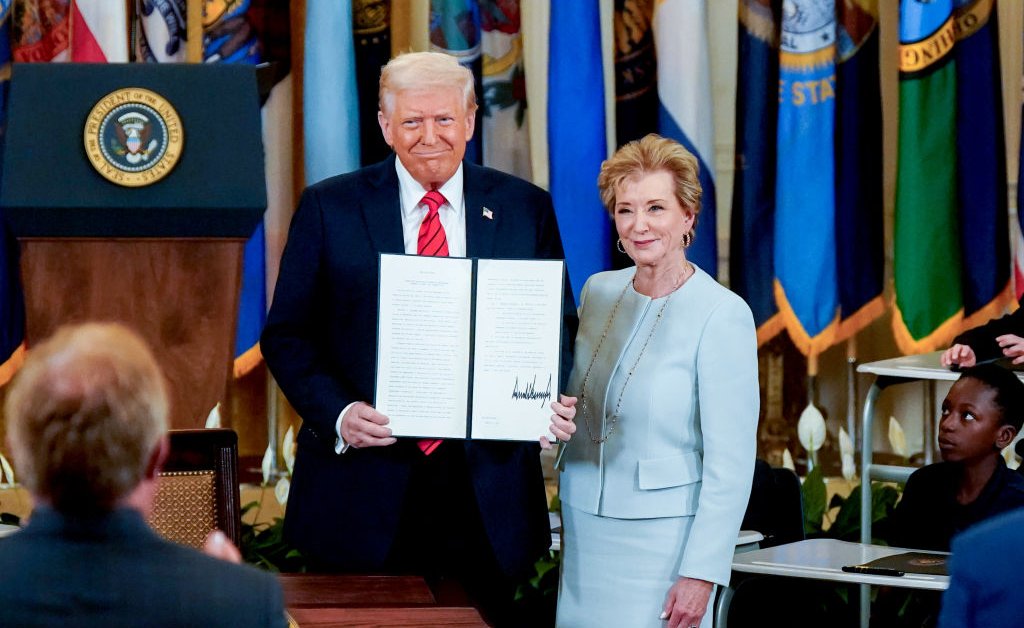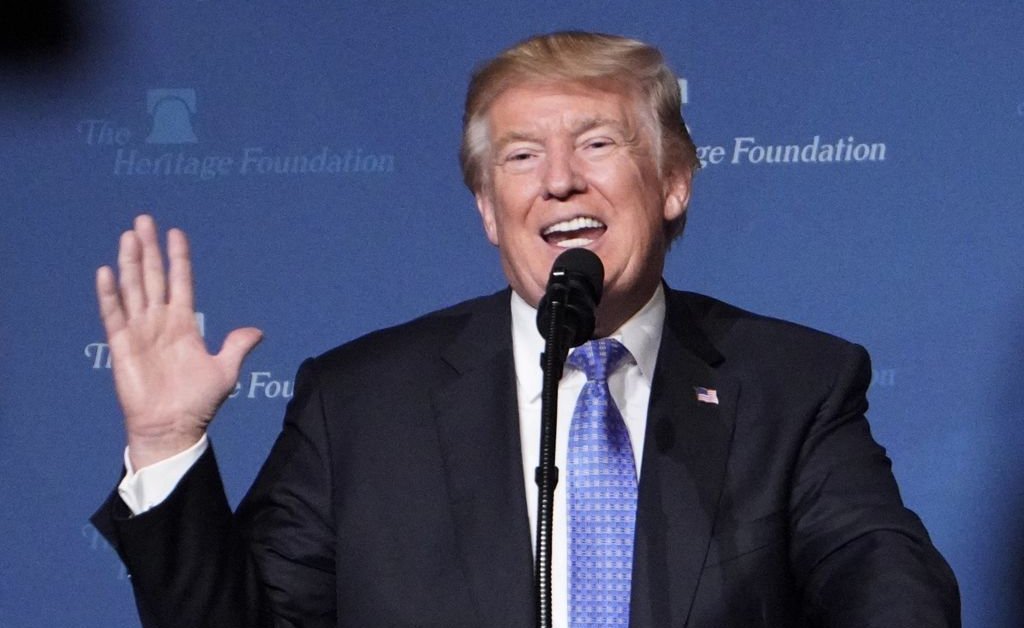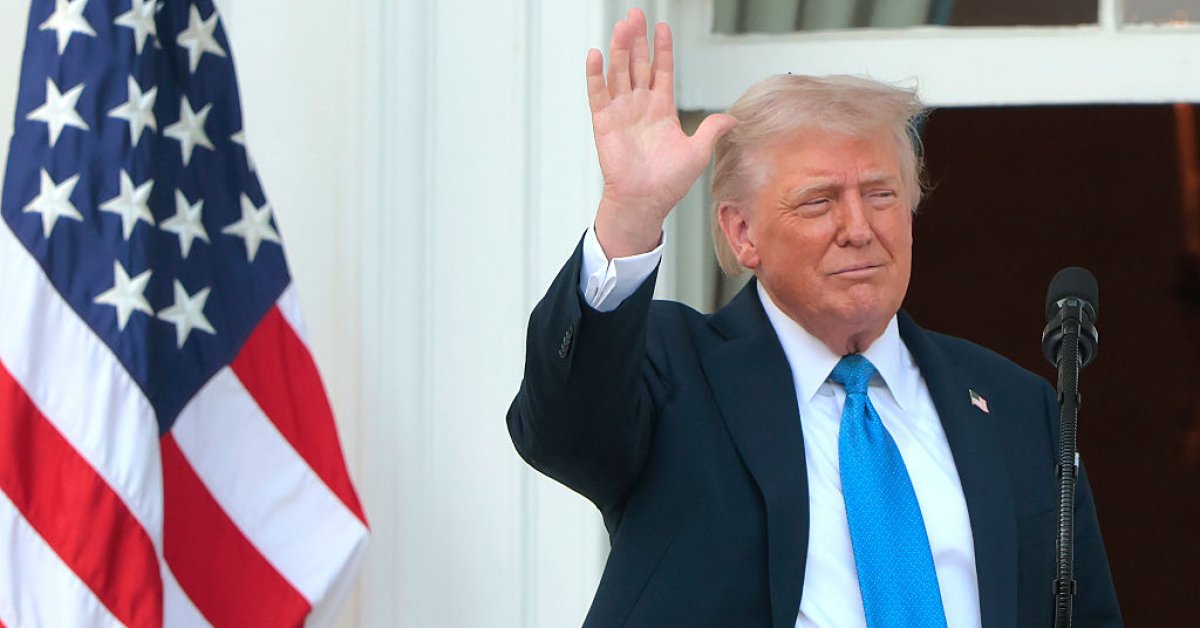In a 5-4 decision, the Supreme Court gave the Trump Administration a green light to do what it has long promised: gut the Department of Education from the inside out. The ruling upheld the administration’s authority to fire department staff en masse, paving the way for a de facto dismantling of an agency responsible for enforcing civil rights law, allocating billions in federal education funding, and ensuring that when states fail poor children, someone still shows up.
This isn’t a bureaucratic reshuffling. It’s a deliberate unraveling of the federal government’s role in public education—an already weakened, often reluctant, commitment to the idea that education is a national responsibility, not just a local budget line.
If we are to protect this idea, we urgently need a constitutional amendment which enshrines the right to education for all Americans. It won’t be easy. But it is required if we are going to recover from these legal, economic, and political assaults coming from the Trump Administration.
This became clear in the weeks leading up to the Supreme Court’s decision when the Trump Administration made its intentions clear. Secretary of Education Linda McMahon threatened to withhold Title I funding—designed for schools serving the highest concentrations of poverty—from districts that refused to eliminate diversity, equity, and inclusion (DEI) programs. Then came the quiet refusal to release $7 billion in education funding already approved by Congress.
None of this is happening in a vacuum. These moves are part of broader efforts which have been building for years: a project not to fix public education, but to abandon it. To convert justified public frustration into a license for withdrawal.
And yes, that frustration is real. According to Pew, over half of Americans believe public K–12 education is on the wrong track. Classrooms are overcrowded, teachers underpaid, schools under-resourced. A resounding 82% of teachers say things have gotten worse over the past five years. College doesn’t fare much better. Gallup reports that trust in higher education has cratered—particularly among working-class families and communities of color burdened by debt and priced out of opportunity.
But these are not critiques of the public good itself—they are evidence of abandonment. And the response from lawmakers, Democratic and Republican alike, hasn’t been to repair the system. It has been to shrink it, politicize it, starve it, and now, through the Court, dismantle the very infrastructure needed to enforce our nation’s own laws.
This moment is not just about saving a department. It’s about reclaiming the idea that democracy requires a literate, critical, cared-for citizenry—and that the right to education is not something the states can choose to ignore.
The long history of efforts to end the Department of Education
The Department of Education, created as a Cabinet-level agency in 1979, was never perfect. But it existed for a reason: to intervene when states, left to their own devices, would not or could not educate all children fairly. It enforced desegregation orders. It monitored civil rights compliance under Title IX and IDEA. It held districts accountable when racial discrimination was systemic and unapologetic.
This isn’t the first time we’ve been here. In 1867, the federal government created the first Department of Education—not to regulate curriculum, but to gather data on how best to educate the newly freed Black population and poor whites in the post–Civil War South. It was a fragile, symbolic effort to build a national vision for learning and citizenship in a country struggling to imagine either across racial lines.
Arguing that the federal government had no role to play in education, states organized and protested the new agency, and shut it down in less than a year.
A century later, when Brown v. Board made segregation illegal, many states closed schools rather than integrate them. Others used zoning, funding, and private academies to maintain racial separation under different names. It took federal enforcement to protect U.S. citizens from the unequal citizenship their states desired for them.
Now, we’re watching that enforcement dissolve and once again, the reasoning is wrapped in the language of “local control.” But let’s be clear: local control has always been a polite term for resisting federal authority to protect its most vulnerable citizens. It means those with the most power get to shape curriculum, hoard resources, and decide who belongs—and who doesn’t.
The legacy of Bob Moses
In this moment, we would benefit to remember the legacy of civil rights organizer and founder of the Algebra Project, Bob Moses.
Moses understood better than most that education is not just about access to classrooms. It is about access to power. He believed that algebra was a “gatekeeper” to full citizenship. Without it—and without the trained teachers, safe schools, and rigorous curriculum needed to teach it—students living in poverty were being systematically locked out of economic and civic life.
For Moses, the fight for educational justice required more than reform. It required a new constitutional right. He spent the final decades of his life calling for an amendment that would guarantee every child in the United States—not just access to school buildings, but access to quality public education as a civil right. He knew what we are now learning the hard way: that unless quality is guaranteed by law, inequality will be guaranteed by design.
“We have been running an education system that is driving a caste system. We agree to have failing schools with the caveat that we also have a plethora of programs to rescue different categories of students from them,” Moses argued in 2012. “Almost every program you can think of—charter schools, vouchers, affirmative action—all rescue different categories of students. We can’t announce that as an education policy, but that’s what we do.”
Notably, the Supreme Court struck down affirmative action in 2023 and Congress passed a national school voucher program earlier this month. Indeed, rather than fix our educational system for all, as Moses had supported, the conservative movement has cherry-picked which students get to be “rescued.”
And in this moment—when the federal government is retreating, when civil rights enforcement is in free fall, when schools are being turned into ideological piggybanks—Moses’s call for a constitutional amendment is no longer aspirational. It is necessary.
This would not be easy. It would take litigation, legislation, and mass mobilization. But so did desegregation. So did voting rights. So did anything this country has ever done that was worth doing.
What this Court has made official, many states were already doing in practice: walking away from the idea that education is a public good.
But the people haven’t walked away. In poll after poll, Americans continue to believe in public education. A 2024 Pew study found that 77% think the federal government should play a role in ensuring educational equity. Public school remains one of the last remaining entitlements that enjoys broad support across race, class, and even party lines.
The question is no longer whether the people believe. It’s whether the government is willing to act. Bob Moses saw this moment coming. And he left us a blueprint.
If we don’t follow that blueprint, we stand to witness not just the dismantling of the Department of Education, but the dismantling of public education itself.








